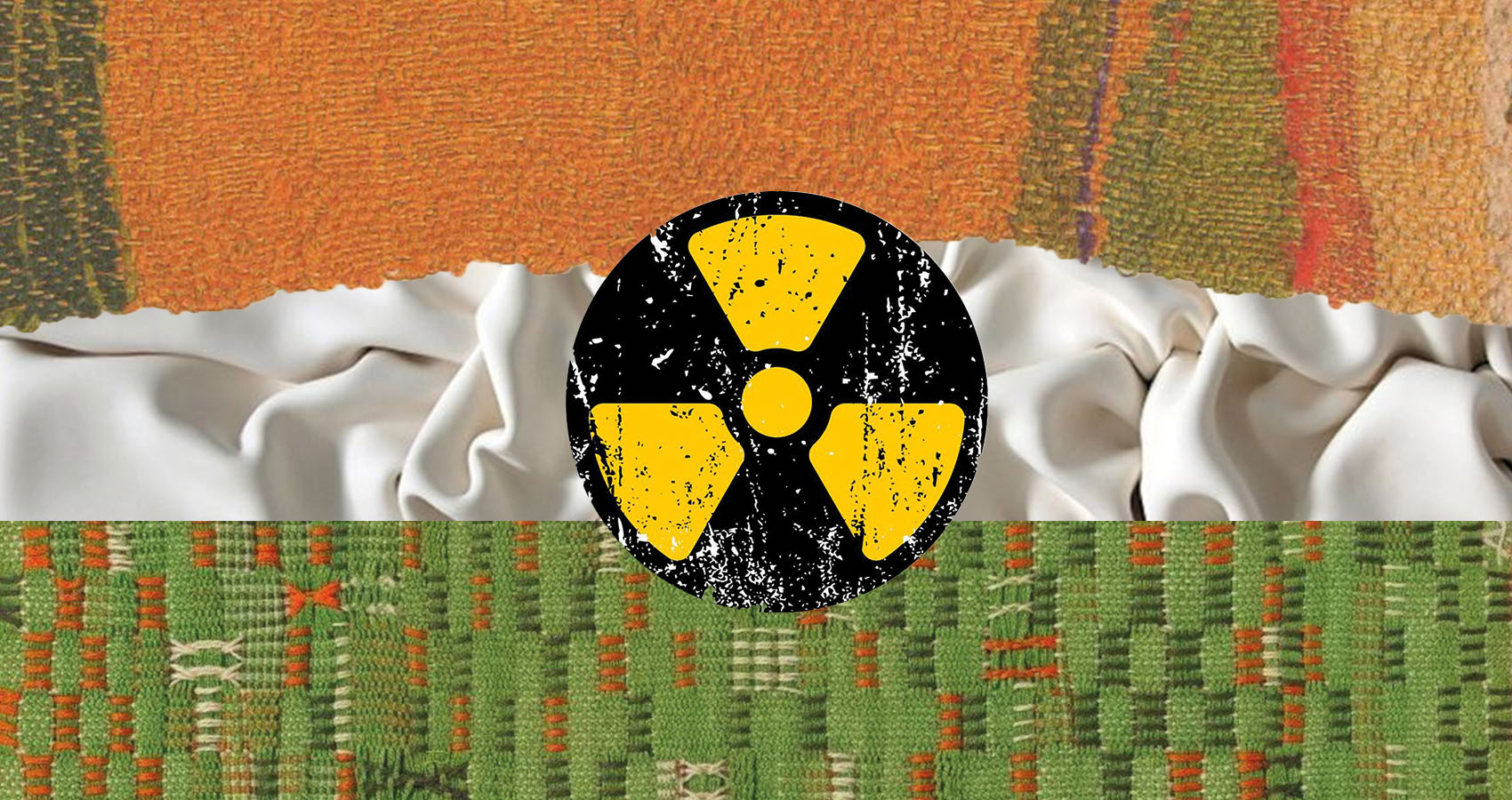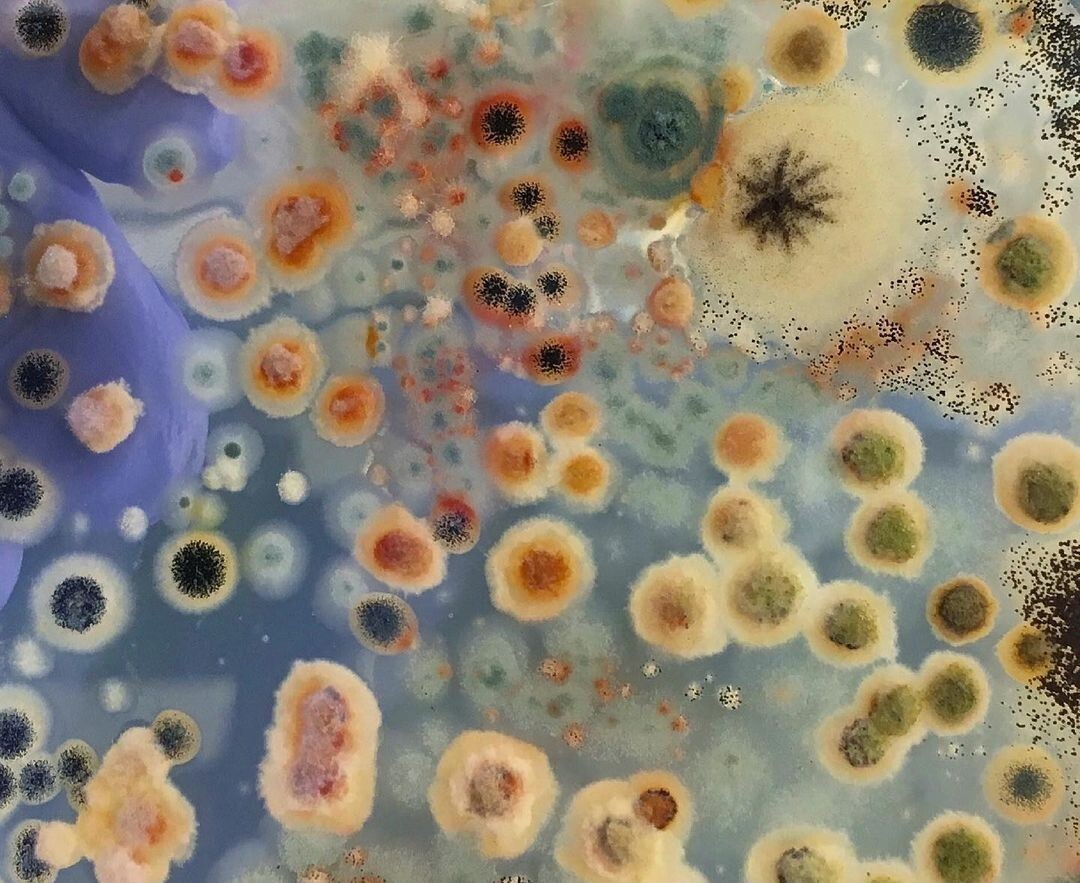
India's Textile Industry Under Fire For Chemical Contamination
A legacy of color with a hidden cost.
The vibrant fabrics of India’s textile industry have long dazzled global fashion markets—but a new report from Toxics Link and the Environmental Defense Fund is shining a harsh light on what lies beneath the surface. Titled Toxic Threads, the study reveals rampant contamination by nonylphenol and its ethoxylates (NPEs)—chemicals with known links to hormonal disruption and long-term environmental damage.
Through sampling across industrial hubs, researchers found these hazardous substances not only in textiles and detergents but also saturating wastewater and nearby ecosystems. With NPEs banned or heavily restricted in countries like those in the EU under REACH regulations, India’s continued use signals a dangerous disconnect from global standards and puts both environmental and human health at risk.
Contamination, exposure, and global implications

The reach of nonylphenol contamination is alarming. It seeps into daily life through food, water, air, and even dust. The report warns of additional exposure through plastic packaging, personal care products, and everyday household items. The most immediate victims? Aquatic life in water bodies downstream from manufacturing hubs—though long-term, the consequences could ripple into human food chains.
India’s lax regulatory stance on these substances could have serious implications for trade, especially as sustainability becomes non-negotiable in global supply chains. Brands and markets are increasingly demanding chemical transparency and compliance, leaving non-conforming suppliers behind.
Time for a policy reset

The study calls for urgent legislative reform. Top priorities include stricter restrictions on chemical usage in production, stronger wastewater treatment systems, and full disclosure of substances used by manufacturers. Corporate accountability and consumer awareness are also crucial—driving demand for clean, safe, and sustainable textiles.
India’s textile sector, a backbone of its economy and a global supplier, now stands at a crossroads. To stay competitive and protect public health, it must confront its toxic legacy and move toward cleaner, greener production—before the threads unravel any further.











